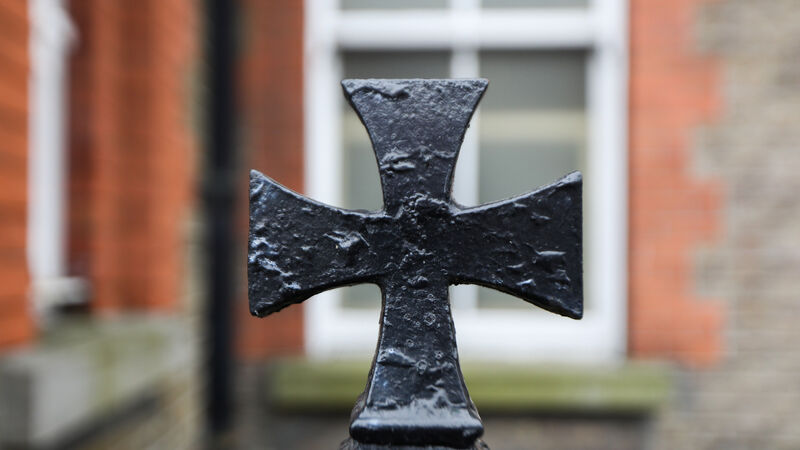Irish Examiner view: Saving the past to safeguard the future

The site of the former Magdalene Laundry on Sean McDermott Street in Dublin. Picture: Leah Farrell / RollingNews.ie
It is entirely understandable that plans to establish “a site of national conscience” on the location of Ireland’s last Magdalene Laundry will be divisive and upsetting for many people.
Thelaundries formed part of a bleak and menacing period in Irish history and one for which we hold near total responsibility which cannot be sloughed off on the excesses of some foreign power.
Their influence reached a peak under an unholy alliance of our State, our government, and “our religion”. There are those who would wish that this shame can be expunged from our collective memory and record. But it cannot be so.
The former laundry, on Seán McDermott St in Dublin, will be turned into a National Centre for Research and Remembrance, developed by the Office of Public Works (OPW) to honour former residents of mother and baby homes, industrial schools, reformatories, and related institutions.
The building was Ireland’s last laundry to close in 1996 when John Bruton was taoiseach.
The National Museum of Ireland will implement an exhibition space and there will be digital access to records and exhibits. Educational facilities will be provided and there will also be social housing provision.
Naturally, there will be some opposition, and it has been most vigorously presented so far by Independent councillor Mannix Flynn who views the project as “disgusting” and “disgraceful” and wants the former laundry demolished.
Mr Flynn, who is a former industrial school resident, said he was “completely opposed” to the “token gesture of a memorial” on the site where “wholesale horror” had been perpetrated.
“I am totally in favour of demolishing the whole entire site.
Would you keep Fred West’s house? Would you keep Rosemary West’s house?
"You wouldn’t, so why would you want to keep a disgusting piece of muck where wholesale horror took place in Sean McDermott St?”
No doubt those who will become responsible for delivering this initiative will canvass the views of those among the 11,000 women and girls who were held in the laundries operated by religious congregations from 1922 to 1996, and they would be wise to do so.
While it is true that many of the locations of grisly serial killings in Britain have been razed, it is not always the case.
But the proper comparison here is not with the locations once occupied by deranged individuals but with marking the memory of institutional repression and the flagrant abuse by authority over powerless people.
To that extent the models to observe are such as the Hector Pieterson Memorial and the Apartheid Museum in Johannesburg; the National Civil Rights Museum in Memphis; the Auschwitz-Birkenau State Museum in Oświęcim, Poland. All of which ventilate the past so people can understand what happened, to better ensure grievous exploitation cannot be repeated in the future.
That would be a fitting legacy for the building once owned by the Sisters of Our Lady of Charity.
CONNECT WITH US TODAY
Be the first to know the latest news and updates





